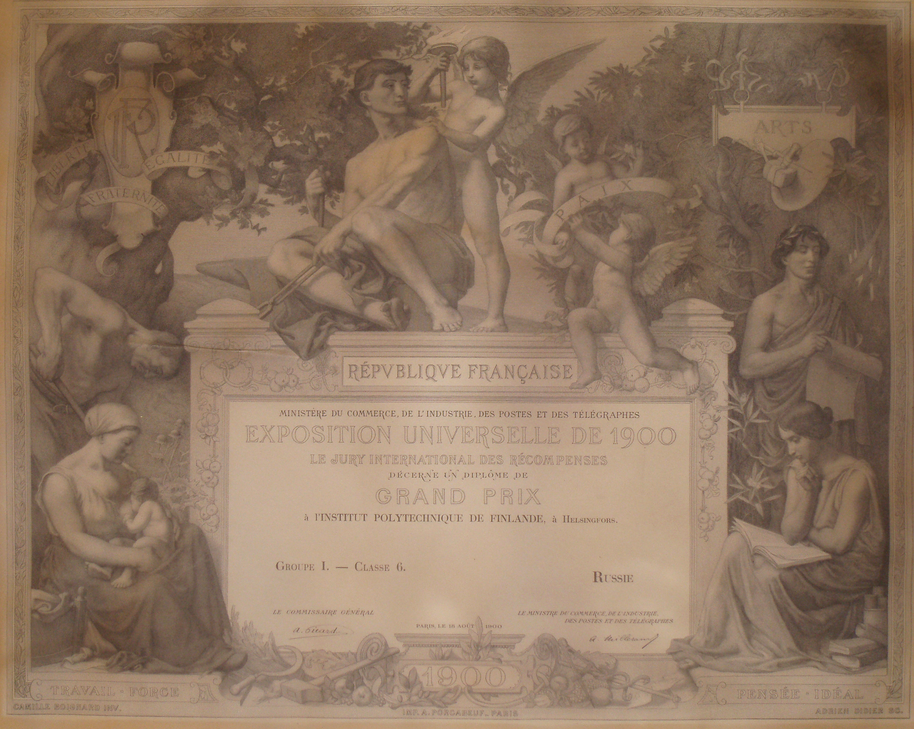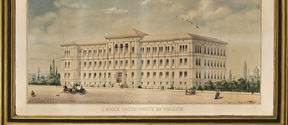Restrictions on foreign travel from Finland had been lifted after Alexander II ascended the imperial throne of Russia in 1855. Technology researchers' study trips became a regular habit as a means of finding the latest on new scientific methods. This development was aided by rapid improvements to European transit infrastructure as railway connections expanded to a network that connected major cities.
Before the 1850s, the Senate had made funds available from the Manufactory Board to send the apprentices of artesans abroad, mainly to northern Germany, to study new methods of industrial production.
Scientists travelled to study as well. When new statutes were being planned for the university in Helsinki in 1828, a grant was created for young scientists in particular. The terms of the two-year stipend stipulated that the second year was to be spent abroad. The Alexander Stipend was inaugurated in 1842, originally intended for studies and research work in Russia. This condition was later dropped when the travel restrictions were lifted. The university also hosted several smaller funds that granted travel stipends and doled out travel grants from the chancellor's available funds.
Engineers abroad
The Helsinki Technical School's 1858 rules reform included the creation of a Senate-operated travel grant system for technology research.
The first grant recipients in engineering were the school's director and physics teacher Karl Leonard Lindeberg and mathematics instructor Henrik Pantsar. The Manufactory Board sought to send teachers abroad evenly for further studies. The travel grant system was reformed in January 1865, making it possible to apply for funds for studying in foreign higher education institutions.
The Great Exhibition of 1851 in London's Crystal Palace marked a turning point. Afterwards, Finnish technicians and engineers would visit almost every European capital to participate in competing world's fairs and industrial exhibitions. K. L. Lindeberg would be joined by a young Rudolf Kolster on visits to industrial exhibitions in Stockholm (1866) and Paris (1867).

